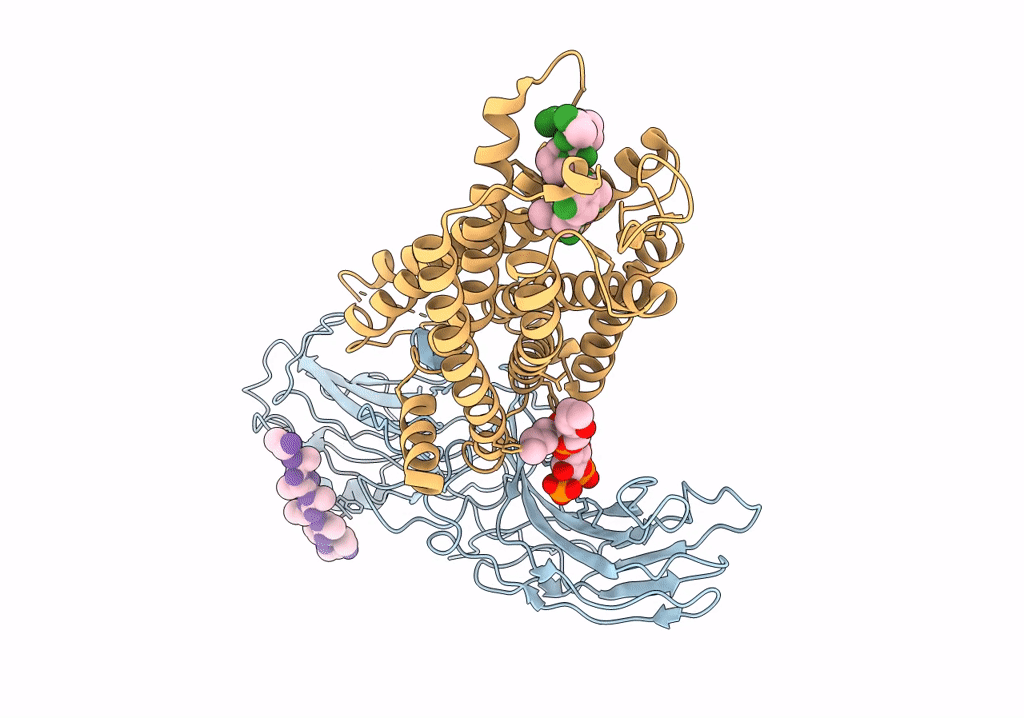
Deposition Date
2019-10-16
Release Date
2020-02-26
Last Version Date
2024-11-06
Method Details:
Experimental Method:
Resolution:
4.20 Å
Aggregation State:
PARTICLE
Reconstruction Method:
SINGLE PARTICLE


